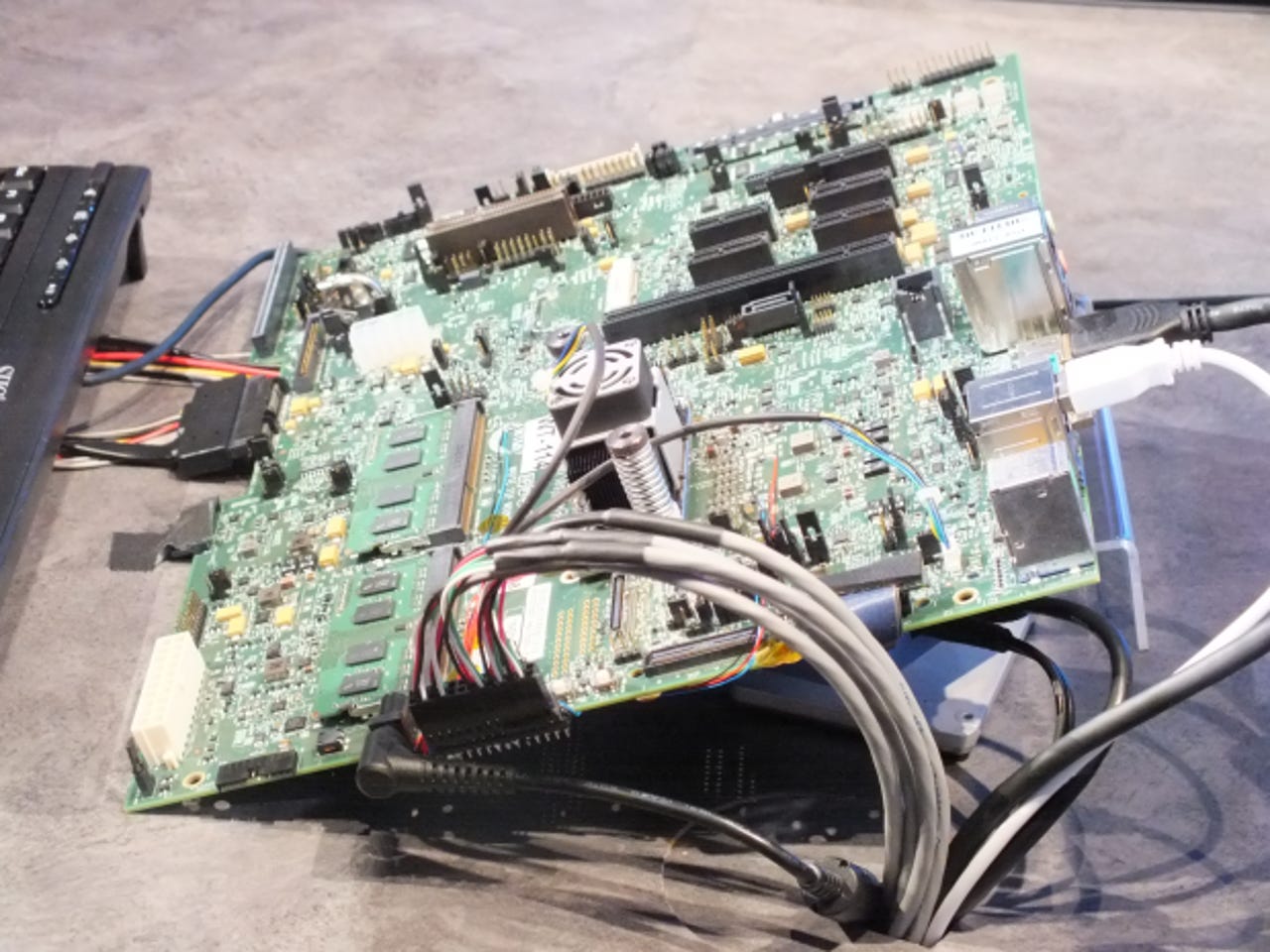Haswell: Intel's key for unlocking the post-PC world

Intel has a range of chips in development, but none seem more important for the company than the upcoming fourth-generation Core processor, codenamed Haswell.
Haswell will span mobile devices through to desktops and eventually high-end servers. Never before has Intel attempted to bridge so many devices with a single architecture.

"It was designed with mobility in mind," Dadi Perlmutter, general manager of the Intel architecture group, said in a keynote speech at IDF on Tuesday, noting it should "span the power performance from the tablet to the ultrabook to a high-performing desktop workstation".
With Haswell, Intel hopes to bring together the post-PC diaspora — tablets, convertible PCs, ultrabooks — by having them all sit on a single processor.
Power saving
Intel aims to do this by offering a chip with sufficiently low power consumption for it to go into mobile devices, and a high enough performance ceiling for it to go into PCs and servers as well.
Haswell's power savings come from two things — improvements to the chip architecture, along with better-than-expected performance of Intel's new 22nm 'tri-gate' fabrication process, Kirk Skaugen, general manager of Intel's PC Client Group, said on Tuesday.
"With fourth-generation core we're going to nearly double the battery life" — Kirk Skaugen, Intel
The chip company is preparing to start shipping a Haswell-based development ultrabook to developers with a chip that draws 15W of power, Skaugen said, and plans to launch the chip generally in the first half of 2013. One version of Haswell will have a power draw of 10W. This compares favourably with the 17W draw of an Ivy Bridge-based third-generation Core processor.
"With fourth-generation Core, we're going to nearly double the battery life," Skaugen said.
Along with boosting battery life, Haswell is designed to make mobile devices, such as ultrabooks and tablets, more desirable to consumers by imbuing them with a range of futuristic, compute-intensive features.
So far, Intel has said Haswell should give devices it sits in greater support for multiple displays; processor-intensive augmented reality; depth tracking via integrated cameras; and features like text-to-speech voice interfaces via a tie-up with Nuance.
Innovation
Taken together, Skaugen thinks Haswell could spawn "more innovation in the next 12-18 months in the PC industry than in the past decade".
Intel's gamble is that the advanced media features of Haswell, combined with its 20-times improvement in idle power consumption over Sandy Bridge chips, will give it a processor that is competitive with those from rivals like ARM.
The chip should be able to "burst with capabilities far above what an Atom or ARM or other device" is capable of, Skaugen said.
However, the proof will be in the sales of the devices and this is not a sure thing — the grave state of the global economy caused Intel to cut its earnings forecast for its third financial quarter on Friday, due to depressed consumer demand.
The next year will be crucial for Intel as it shepherds its Haswell processors into devices made by major original equipment partners like HP, Dell and Lenovo. What happens next depends on the consumer, and whether the new capabilities of Haswell devices will be compelling enough to make people part with their money in a cash-strapped time.